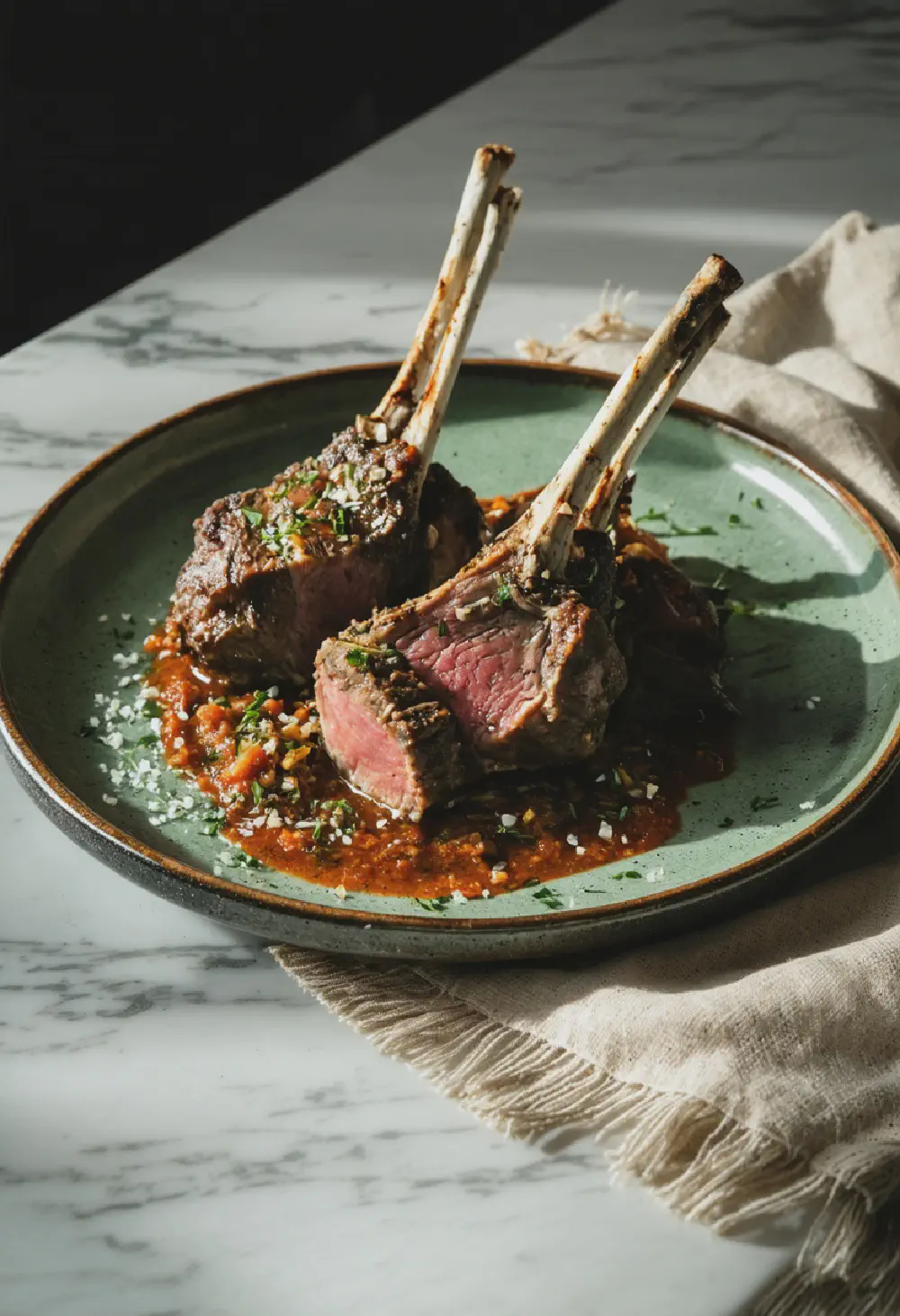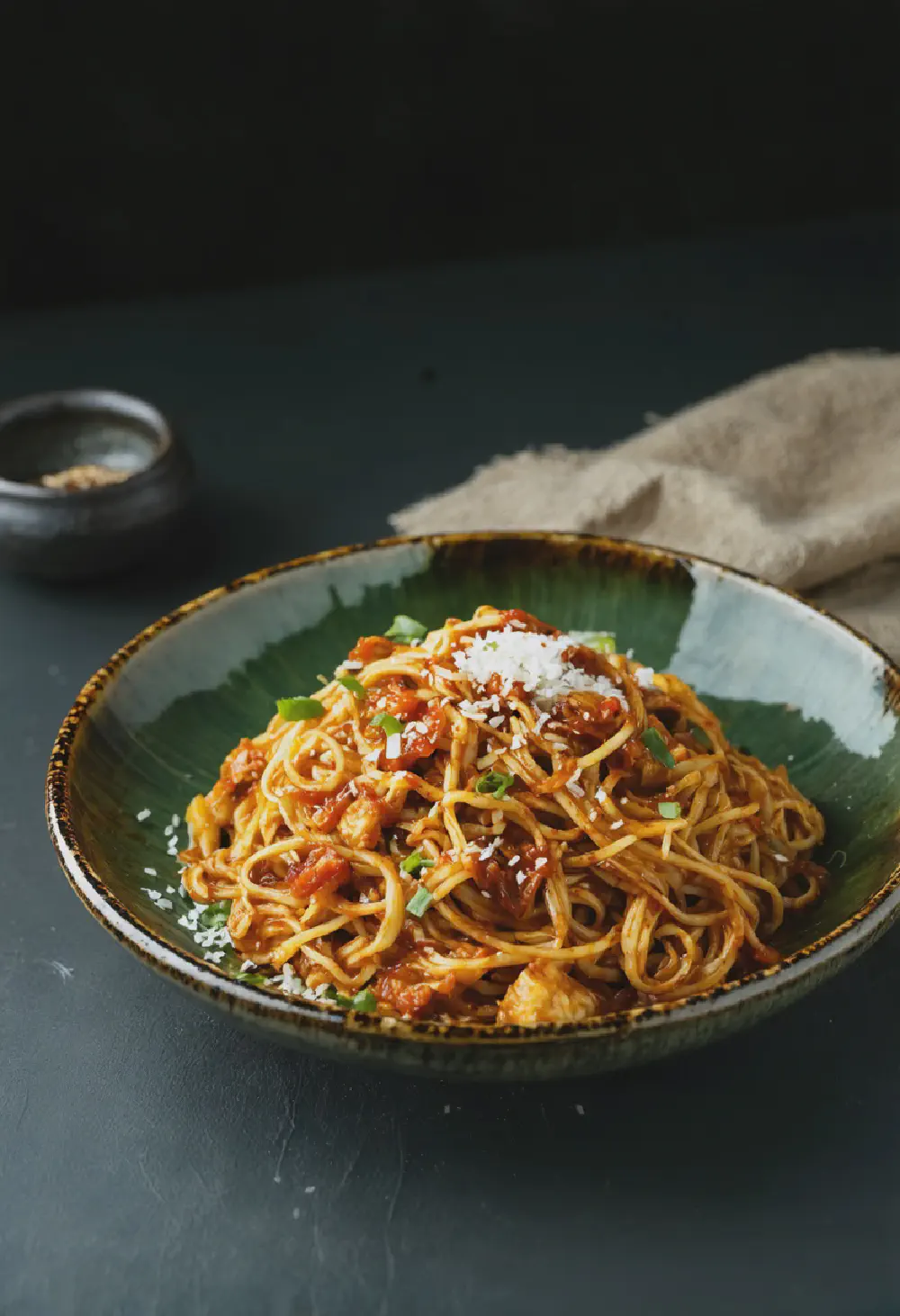Chili Con Carne
20M
1H and 50M
- Makes 6
- 2 tablespoons vegetable oil
- 2 medium onions, finely chopped
- 4 cloves garlic, minced
- 2 pounds ground beef
- 1 can (14.5 oz) diced tomatoes
- 1 can (8 oz) tomato sauce
- 2 tablespoons chili powder
- 1 teaspoon ground cumin
- 1 teaspoon dried oregano
- 1/2 teaspoon cayenne pepper (optional, for heat)
- 1 teaspoon salt
- 1/2 teaspoon black pepper
- 1 can (15 oz) kidney beans, drained and rinsed
- 1 can (15 oz) pinto beans, drained and rinsed
- Heat the vegetable oil in a large pot over medium heat. Add the onions and garlic, and sauté until the onions are translucent, about 5 minutes.
- Add the ground beef to the pot. Cook, breaking it apart with a spoon, until browned and no longer pink, about 10 minutes.
- Stir in the diced tomatoes, tomato sauce, chili powder, cumin, oregano, cayenne pepper (if using), salt, and black pepper. Mix well to combine.
- Bring the mixture to a simmer, then reduce the heat to low. Cover and let it cook for 1 hour, stirring occasionally.
- After 1 hour, add the kidney beans and pinto beans to the pot. Stir to combine and continue to simmer, uncovered, for an additional 30 minutes.
- Taste and adjust seasoning if necessary. Serve hot, garnished with your favorite toppings such as shredded cheese, sour cream, or chopped green onions.
Chili Con Carne: A Hearty American Classic
History
Chili Con Carne, a beloved dish in American cuisine, has a rich history that traces back to the 19th century. The origins of this hearty stew are often debated, but it is widely believed to have been influenced by Mexican cuisine. The term “Chili Con Carne” translates to “chili with meat” in Spanish, reflecting its roots. It gained popularity in the United States, particularly in Texas, where it became a staple at chili cook-offs and community gatherings. Over the years, Chili Con Carne has evolved, with various regions adding their unique twists to the recipe, but it remains a symbol of comfort and warmth in American homes.
Taste Profile
The taste profile of Chili Con Carne is robust and complex, making it a favorite for those who enjoy bold flavors. The dish typically features ground beef, which provides a hearty base, complemented by a blend of spices such as chili powder, cumin, and oregano. These spices contribute to the dish’s signature heat and depth of flavor. Tomatoes and beans add a rich, savory element, while onions and garlic enhance the overall aroma and taste. The result is a harmonious balance of spicy, savory, and slightly sweet notes, making Chili Con Carne a satisfying meal that warms you from the inside out.
Cultural Significance
In American cuisine, Chili Con Carne holds a special place due to its cultural significance. It is more than just a meal; it’s a dish that brings people together. Chili cook-offs, a popular event across the United States, showcase the diversity and creativity of this dish, with participants vying to create the best version. These events foster a sense of community and friendly competition. Additionally, Chili Con Carne is often associated with comfort food, perfect for family gatherings, tailgating parties, and cold winter nights. Its versatility and ability to be customized to individual tastes make it a cherished part of American culinary heritage.



















